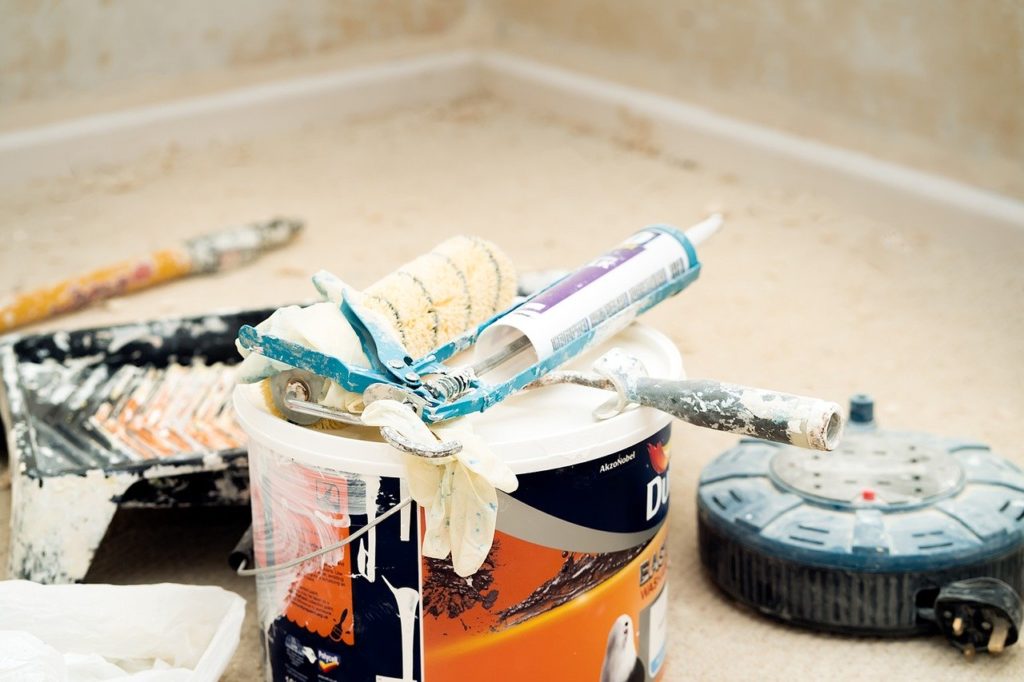A Guide to the Different Interior Paint Finishes

Painting is one of the simplest and most inexpensive ways to improve the interior look of your home. When you decide to paint a particular room, or the whole house, you have many different options to consider. The most obvious choice to make may be color, and the possibilities there are virtually endless. However, another consideration that is at least as important as the color you choose is the finish of the paint.
Interior Paint Finishes Explained
The finish of an interior paint refers to how much light it reflects into a room. Some finishes reflect lots of light, making the walls and fixtures look shiny, while others reflect almost none at all. There are strengths and weaknesses associated with each. Highly reflective finishes are easier to keep clean but tend to reveal imperfections, while minimally reflective finishes don’t show imperfections as easily but are harder to clean. The appropriate finish to use depends on what you are going to paint, its location, and its function.
Different Finish Options
While your paint color options are virtually limitless, there are only five different types of finishes for interior paint. Here they are organized from the most reflective to the least reflective.
1. Gloss and Semi-Gloss
It’s unusual, though not unheard of, to see gloss and semi-gloss paints on interior walls. They are more commonly used on metal and wood surfaces, to which they give an attractive shiny sheen. They may augment the light in a small or dim space but are not recommended for large walls or ceilings because the reflected light draws attention to flaws.
2. Satin and Eggshell
These finishes have moderate reflectivity compared to matte paints and hide flaws better than gloss or semi-gloss. Because they’re easy to clean, they are recommended in more demanding areas like bathrooms and kitchens.
3. Matte
The matte finish is the least reflective, meaning it is often the first choice for interior walls and ceilings. It can be more difficult to clean, although you may have an easier time with a matte paint advertised as washable, but it does a great job of hiding imperfections. Compared to glossier finishes, matte touchups tend to blend in seamlessly.
